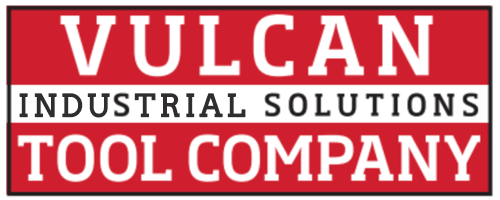
As a young Platoon Leader in the 82nd Airborne Division it seemed all we thought about was readiness. A couple of decades have passed, but the division’s mission has not changed much since the days when I wore a pager on my belt to notify me when I needed to find a pay phone to call the unit during an alert:
“The mission of the 82nd Airborne Division is to, within 18 hours of notification, strategically deploy, conduct forcible entry parachute assault and secure key objectives for follow-on military operations in support of U.S. national interests.”
That is 18 hours to be “wheels up” in a cargo aircraft on your way to parachute into an armed conflict on behalf of the National Command Authority and the American people. As you might imagine, there are a lot of things that need to be done ahead of time in order to make this kind of response possible.
Whether you call what we do Maintenance and Repair Operations or Maintenance, Repair and Overhaul, the stakes are not nearly as high for us as they are for the brave men and women who wear the “AA” shoulder patch. Even so, their challenges and preparations can provide some insight into how we can improve our maintenance functions and operations as a whole.
Here are three ways we worked to stay ready then and how we do the same thing at our company today:
Be “Equipment” Ready. This means we always have the right equipment to do our job. As a tank platoon leader coming out of the field after a training exercise we did a layout of all of our tools and equipment and ensured we still had everything we needed to do our job and that it was in working order. This was part of what we called “recovery” operations and this was the time to replace a missing tool or fix a broken part.
You can be “Equipment” ready by making sure you have a system that ensures accountability of the tools and equipment your team needs in order to do their job. This means there is an inventory of these items on a pre-determined schedule and a process for replacing or repairing them. Given the nature of how rapidly our modern workplace allows us to communicate, technicians can often initiate this process of replacing broken or misplaced tools before they finish the job at hand.
Be “Move-Out” Ready. When my paratroopers went back to the barracks they did not clean their uniforms and equipment and put them on a shelf in the closet. As soon as these items were clean and dry they went right back into the rucksack they had come from. The items were in the closet, but all it took was a moment to open the door, pick up the pack, and head to motorpool when they got the word it was time to head out.
In our shop the job is not done until our machinist, fabricator, or repair tech has returned his workbench or van back to the same condition it was in before the job started. This is hard, particularly when jobs come fast and furious and you have customers who need your help right now. We often find that failing to recover properly causes a delay to the completion of the next job because we are not prepared to operate at peak efficiency. And the best way to guarantee a hot job waiting for you first thing in the morning is to go home today thinking you’ll clean up and put all your tools away tomorrow!
Be “Hip-Pocket Training” Ready. The Airborne didn’t invent the concept of “hurry up and wait” but it often felt that way. We often had unexpected “free” time on our hands, in the motorpool, during pre-jump, in the field, etc. Our leaders took advantage of this time with “hip-pocket training”. This just meant that they spent some time thinking about important training that could be conducted with minimal training aids in any environment. Then they did some preparation to make sure they were ready to take advantage of the unscheduled downtime. Hip-pocket training aides could take the form of a piece of rope to practice knots, a map and compass to test land navigation skills, or even flash cards covering reporting or MEDEVAC procedures.
In the MRO world we operate in a different paradigm. We “hurry up or wait” as it seems we are either buried with work or new jobs slow down to a trickle. The trick to make the most of a slow day in the shop is to have thought about this situation ahead of time. “Hip Pocket Training” only works when you have the training aids and the plan in your hip pocket at the moment you have the time to use them. This is why we keep old cylinders on hand so we can practice tearing down and rebuilding them. We also have purchased and cut steel plate and angle so we are ready to practice print reading and welding by making carts for the shop. Much of the hip pocket training we conduct is cross training. The more skills our tradesmen have the more valuable they can be to our customers. Recently we had a machine repairman helping out in the machine shop roughing a detail that was finished by a seasoned machinist. By stepping out of his comfort zone, our maintenance tech became more comfortable using a mill and helped move a paying job closer to completion.
Readiness is not just for elite military units. Our customers and our businesses can benefit from having a readiness mindset. If you take the time to plan and invest in making readiness a priority at your company you will see the benefits. If nothing else, you won’t ever have to wonder if your team is ready to go when the phone rings!

